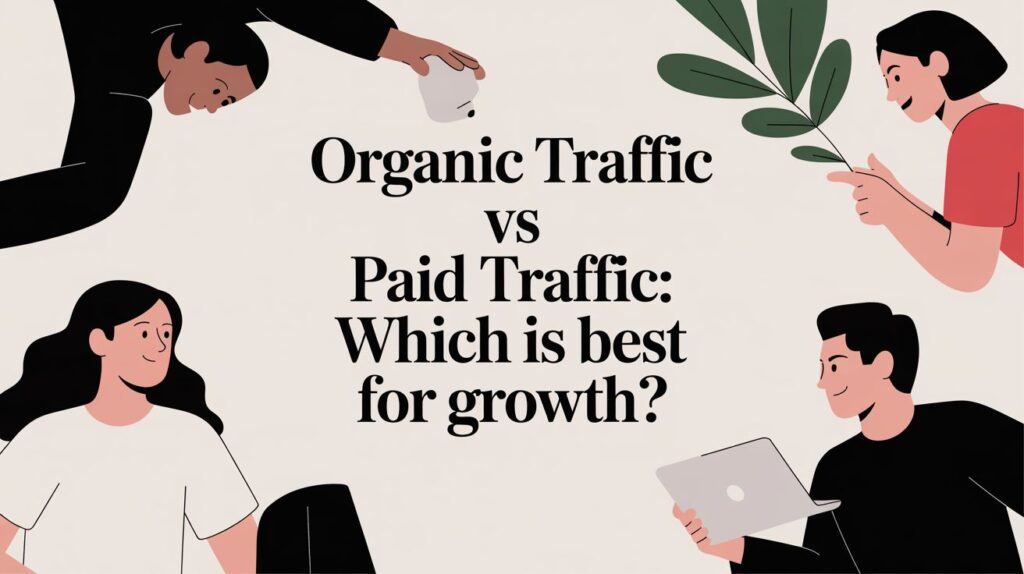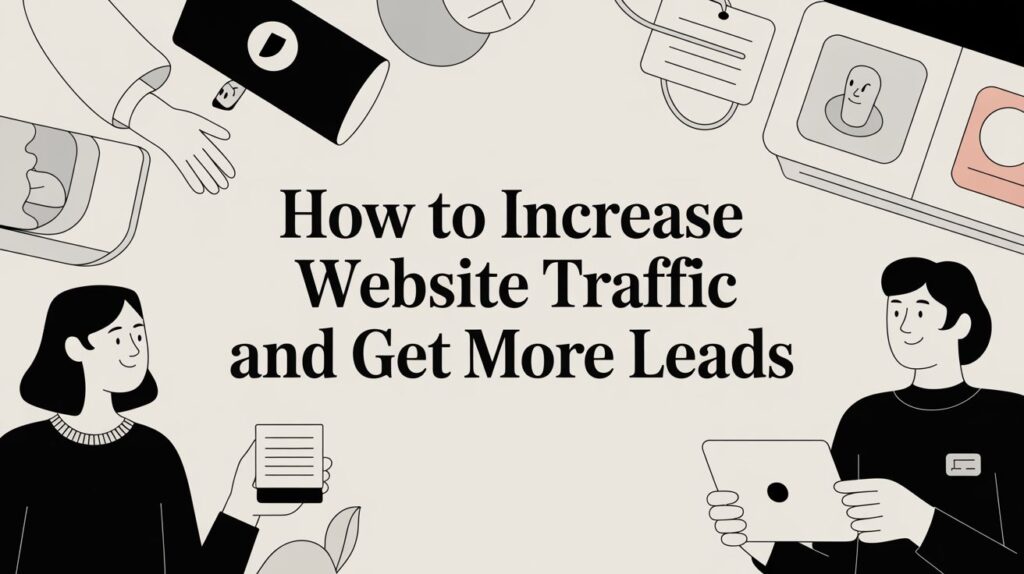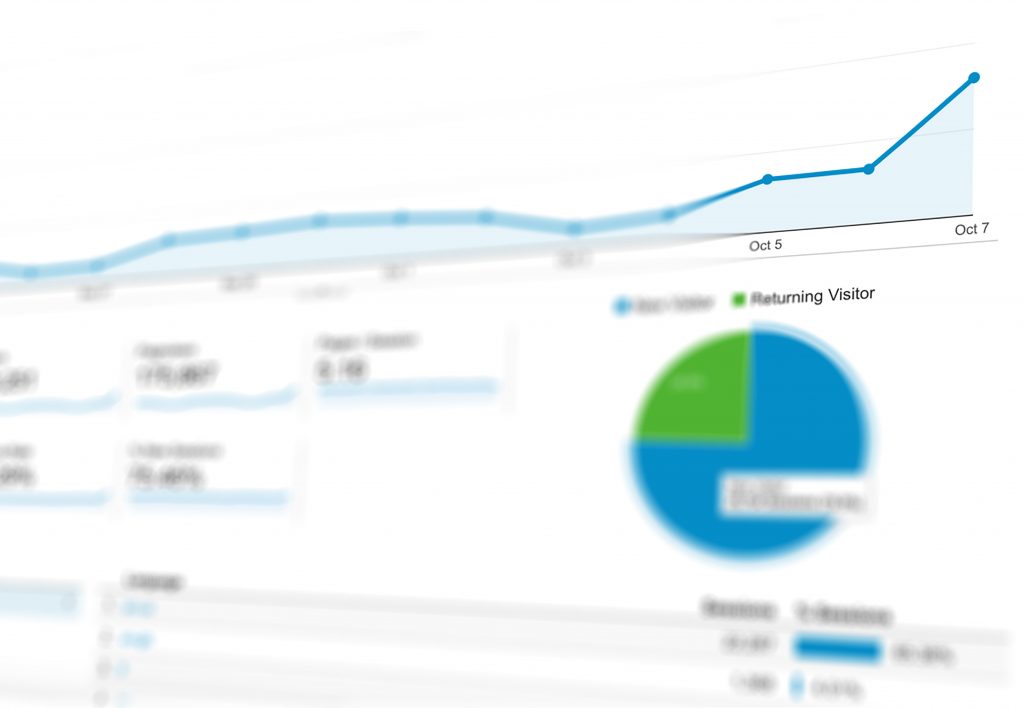Organic Traffic vs Paid Traffic: Which is Right for Your Business?
Every business owner wants a steady stream of ideal customers landing on their website. The question is, how do you make that happen? It boils down to two core strategies: organic traffic vs paid traffic. Think of it like this: organic traffic is like building a rock-solid reputation in your community. It takes time and consistent effort, but eventually, people seek you out because they know, like, and trust you. Paid traffic is like running a targeted ad campaign—you pay to get in front of your audience right now. The Two Paths to Getting Customers Online Understanding the difference isn't just a marketing exercise; it’s a critical business decision about where to invest your resources. One path builds a long-term asset that works for you 24/7, while the other is a faucet you can turn on for an immediate stream of leads. Let's be blunt: a website that nobody sees is a waste of money. The goal is to turn it into your number-one salesperson, and that starts by getting the right prospects through the door. What is Organic Traffic? Organic traffic includes anyone who finds your website through an unpaid search result. When a potential customer types "best HVAC repair in Phoenix" into Google and clicks on your site from the main, non-ad listings, that's an organic visitor. This traffic is the direct result of good Search Engine Optimization (SEO)—a long-term strategy focused on making your website helpful, authoritative, and trustworthy in the eyes of search engines. You don’t pay for the click; you earn it by investing in: Creating genuinely useful content that answers your customers' real-world questions. Ensuring your website is technically sound so search engines can easily crawl and understand it. Building a strong online reputation through customer reviews, local citations, and other signals of credibility. What is Paid Traffic? Paid traffic comes from visitors who click on an advertisement you've paid to place. These are most commonly known as Pay-Per-Click (PPC) ads, like the ones you see at the very top of a Google search results page, clearly marked with an "Ad" label. With paid traffic, you’re buying a shortcut to the top. You bid on specific keywords, target precise demographics, and get your message in front of a high-intent audience almost instantly. The trade-off? The traffic stops the second you stop paying. Core Differences: Organic vs Paid Traffic To make the distinction clear, here’s a quick summary of how these two approaches stack up. This table highlights the fundamental trade-offs you need to consider. Attribute Organic Traffic (SEO) Paid Traffic (PPC) Speed to Results Slower (6-12+ months) Fast (Immediate) Cost Model Investment in resources (time, expertise) Direct payment per click or impression Long-Term Value Builds a lasting, appreciating asset Stops when the budget runs out User Trust High (seen as more credible) Lower (clearly identified as an ad) Sustainability High (creates a self-sustaining engine) Low (dependent on continuous ad spend) As you can see, the choice involves balancing immediate needs with long-term goals. Trust is a huge factor here. Data consistently shows that users behave differently when they know they’re looking at an ad. According to industry studies, organic search drives up to 53.3% of all website traffic, largely because people trust earned rankings more than paid placements. In fact, roughly 70% of users choose to click on organic links, while only about 30% click on paid ads. For a closer look at the data, you can review the search traffic findings on adcore.com. Ultimately, this isn't an "either/or" decision. The smartest growth strategies find a way to make these two paths work together. To learn more about specific tactics for both, check out our guide on how to increase website traffic. What's This Really Going to Cost Me? A Look at Timelines and Budgets Let's clear up one of the biggest myths in marketing right now: organic traffic is not free. Sure, you don't write Google a check for every click, but earning that top spot requires a serious investment of time, expertise, and consistent effort. We think of it like this: SEO is like building a custom workshop for your business. You invest heavily upfront in the foundation, the structure, and quality tools. Once it's built, it becomes a valuable asset that appreciates over time and generates value for years with basic maintenance. Paid traffic is like renting a booth at a high-traffic trade show. You get immediate visibility and foot traffic, but the second you stop paying for the space, you're gone. The crowds disappear overnight. The Financial Reality of Organic Traffic The investment in organic traffic is almost always front-loaded. You’re paying for the strategic heavy lifting required to build an online presence that search engines actually trust and want to recommend. This isn't just fluff. It's real work that includes: Technical SEO: Making sure your website is built on a rock-solid foundation that search engines can easily crawl and understand. Content Creation: Writing helpful articles, guides, and service pages that answer the real questions your customers are asking. Authority Building: Earning trust signals, like genuine customer reviews and high-quality links, that prove you know your stuff. The magic here is that this upfront work creates an appreciating asset. A genuinely helpful article you publish today can continue to attract qualified leads for years to come. Your cost-per-lead actually goes down over time. You're building a marketing engine that fuels itself. Key Takeaway: The ROI from organic traffic compounds. Your initial investment pays dividends long after the work is done, creating a predictable and sustainable flow of customers. But, and this is a big but, this approach requires patience. For a local service business, like a contractor or a dental office, you should expect to see meaningful results within 6 to 12 months of consistent effort. Anyone promising you page-one rankings faster than that is selling you something you don't want. The Pay-to-Play Model of Paid Traffic With paid traffic, the cost is direct. You pay for every single
Organic Traffic vs Paid Traffic: Which is Right for Your Business? Read More »





